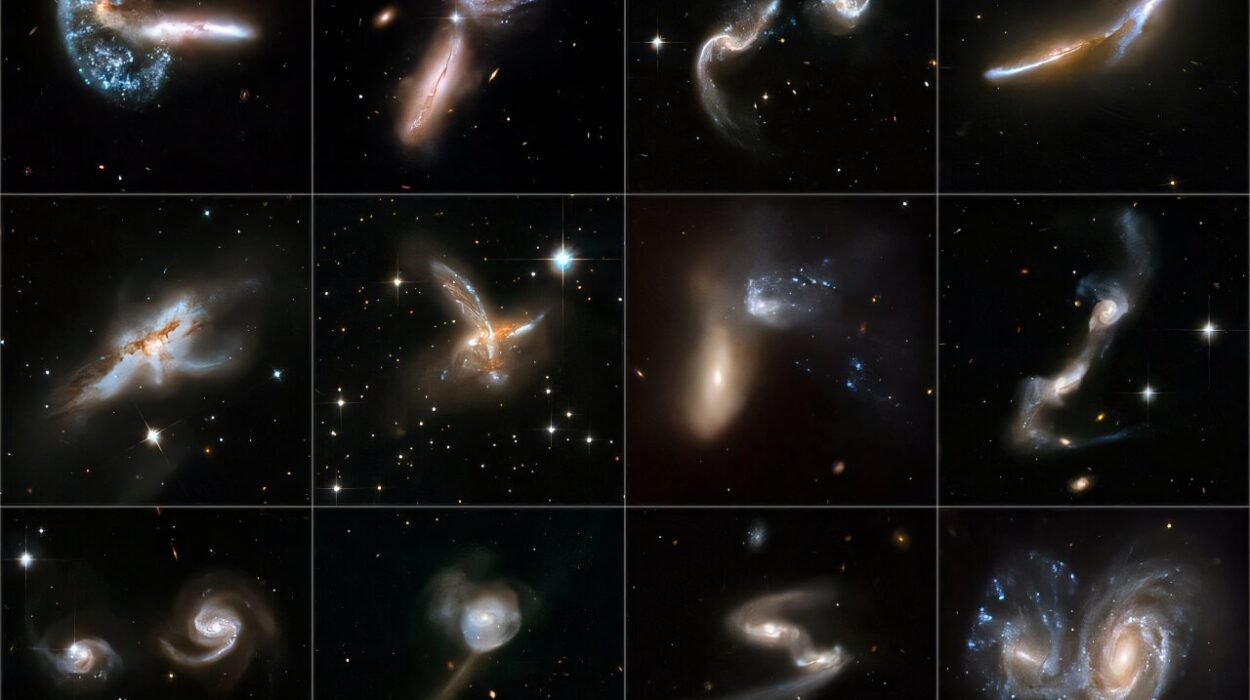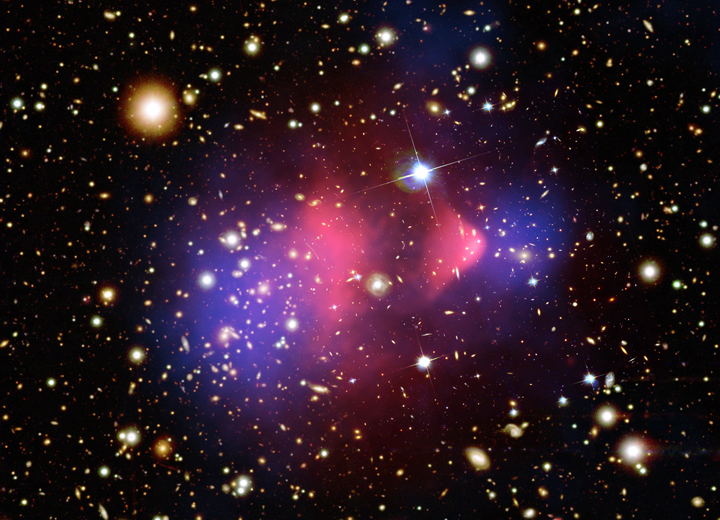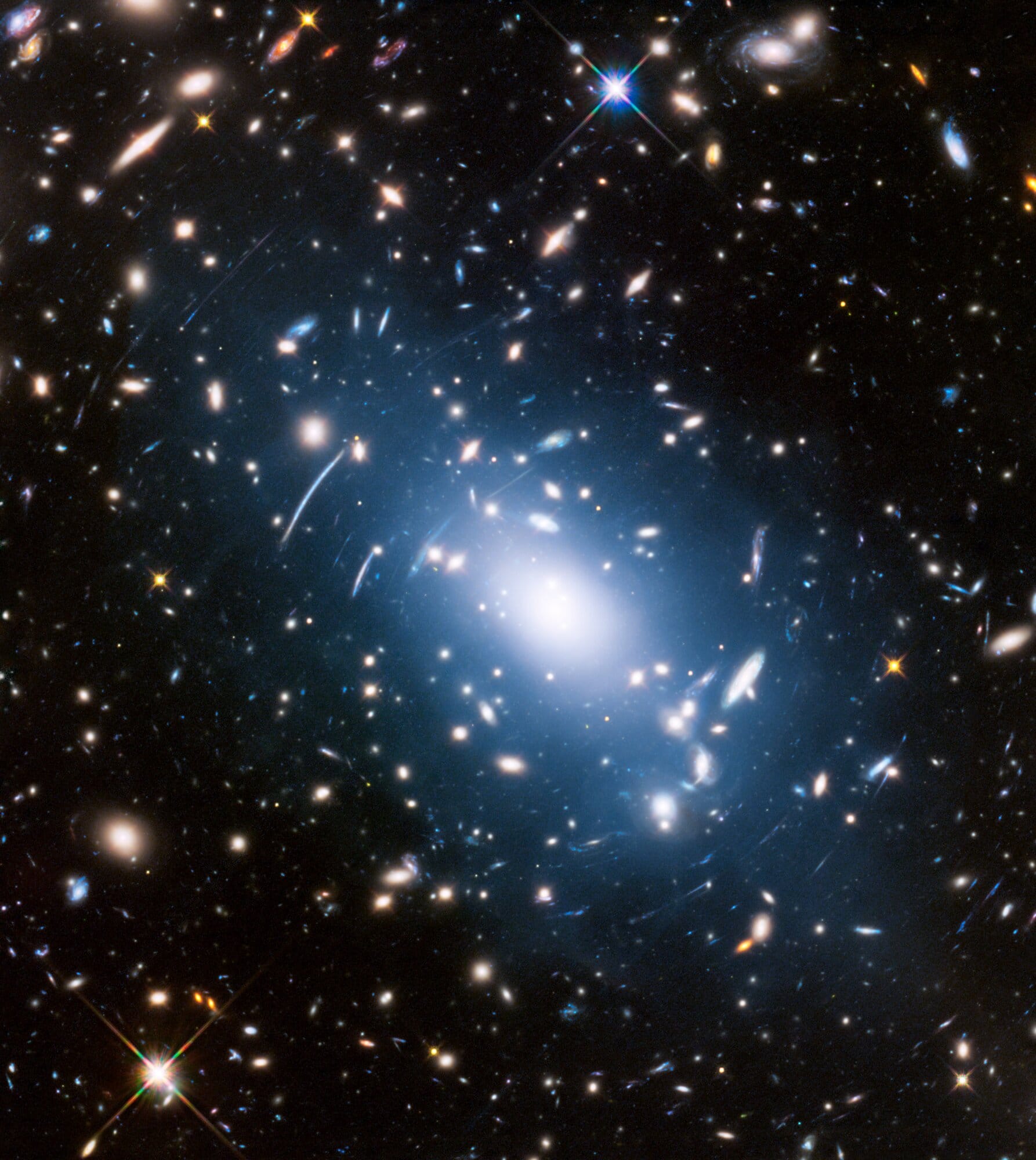Far beyond Earth, in the vast expanse between Mars and Jupiter, lies the main asteroid belt — a graveyard of rocky fragments, relics from the dawn of our solar system. Among these ancient wanderers, scientists have long wondered whether some near-Earth asteroids, such as Bennu and Ryugu, could share a common ancestry with larger bodies in the belt.
Now, thanks to a study led by the Southwest Research Institute (SwRI), researchers believe they may have found an answer. New evidence points to a family connection linking Bennu and Ryugu to a much larger asteroid named Polana. If true, it means these small, rubble-pile worlds hurtling near our planet are actually siblings, born from the catastrophic breakup of a much larger parent body billions of years ago.
A Violent Birth in the Early Solar System
The story begins in the infancy of the solar system, more than 4 billion years ago. Back then, countless planetesimals — building blocks of planets — orbited the young Sun. Collisions were frequent, and massive impacts shattered some asteroids into smaller fragments, scattering them into families.
Dr. Anicia Arredondo, lead author of the new study, explains: “Very early in the formation of the solar system, we believe large asteroids collided and broke into pieces to form an ‘asteroid family’ with Polana as the largest remaining body.”
If this theory holds, then Bennu and Ryugu, both relatively small, are survivors of one such ancient collision, fragments ejected from the same cosmic ancestor that gave rise to Polana.
A Telescope’s Eye on the Mystery
To test the family link, Arredondo and her team turned to the James Webb Space Telescope (JWST), the most powerful observatory ever sent to space. They applied for telescope time to study Polana, focusing on its near-infrared and mid-infrared spectra.
Spectroscopy is like fingerprinting for celestial objects: by studying how an asteroid reflects or absorbs light at different wavelengths, scientists can uncover clues about its composition. The team then compared Polana’s spectral “fingerprints” with those from Bennu and Ryugu.
But unlike Polana, Bennu and Ryugu offered more than just distant light. Both asteroids had been visited up close by spacecraft — NASA’s OSIRIS-REx mission, which gathered samples from Bennu in 2020, and JAXA’s Hayabusa2 mission, which collected material from Ryugu in 2018. Those samples, returned safely to Earth in 2020 and 2023, provided laboratory-confirmed spectral data to compare against JWST’s Polana observations.
Striking Similarities
The results were compelling. The near-infrared spectra of all three asteroids revealed strong similarities, enough to support the idea that Bennu and Ryugu originated from the same parent body as Polana.
“They are similar enough that we feel confident that all three asteroids could have come from the same parent body,” Arredondo explained.
While there were some differences in the spectral data — variations in brightness or subtle compositional features — the team concluded that these variations were not significant enough to dismiss the hypothesis of a shared origin. Instead, they reflect the unique journeys each asteroid has taken since that ancient collision.
Journeys Across the Solar System
Although born from the same cataclysm, Polana, Bennu, and Ryugu have lived very different lives.
Polana, the largest survivor, remains in the main asteroid belt, orbiting quietly about 33 miles across. In contrast, Bennu, only a third of a mile wide, and Ryugu, about twice as large, now orbit much closer to Earth. Their migration from the asteroid belt to near-Earth space is likely due to Jupiter’s immense gravitational influence, which nudged them onto unstable paths that eventually brought them inward.
This change in environment has left marks on their surfaces. As co-author Dr. Tracy Becker noted: “Bennu and Ryugu are now much closer to the Sun than Polana, so their surfaces may be more affected by solar radiation and solar particles.”
Polana, older and more stable, has instead endured countless micrometeoroid impacts over billions of years, slowly weathering its surface. These different exposures explain some of the spectral differences scientists observed, while still pointing to a shared ancestry.
Why These Connections Matter
On the surface, studying asteroid family trees may seem like solving an obscure puzzle. But in truth, these connections matter deeply to our understanding of the solar system. Bennu and Ryugu are not just space rocks; they are time capsules, preserving chemistry from the earliest era of planet formation. The samples returned by Hayabusa2 and OSIRIS-REx may contain organic molecules and hydrated minerals that provide clues to how water and the building blocks of life arrived on Earth.
By linking these near-Earth asteroids to Polana, scientists strengthen the story of how material has been recycled and transported across the solar system. What we find on Bennu’s and Ryugu’s tiny surfaces may reflect conditions that once existed deep in the asteroid belt, helping us reconstruct how planets — and possibly life itself — emerged from cosmic dust and collisions.
A Cosmic Family Reunion
The study, published in the Planetary Science Journal, brings together cutting-edge space missions and one of humanity’s most powerful telescopes to reveal a story billions of years old. It suggests that when we hold grains of dust from Bennu or Ryugu in our laboratories, we may, in a sense, be holding a piece of Polana — fragments scattered by violence, reunited through science.
Though they now drift on different paths, these asteroids share an ancient kinship written in their spectra. Their family ties remind us that the solar system is not just a collection of random rocks and planets, but a connected history of collisions, migrations, and transformations.
In unraveling these connections, scientists not only trace the journeys of asteroids but also edge closer to answering humanity’s most profound questions: Where did we come from, and how did our world take shape amid the chaos of the early solar system?
More information: JWST spectroscopy of (142) Polana: Connection to NEAs (101955) Bennu and (162173) Ryugu”, The Planetary Science Journal (2025). DOI: 10.3847/PSJ/ade395






